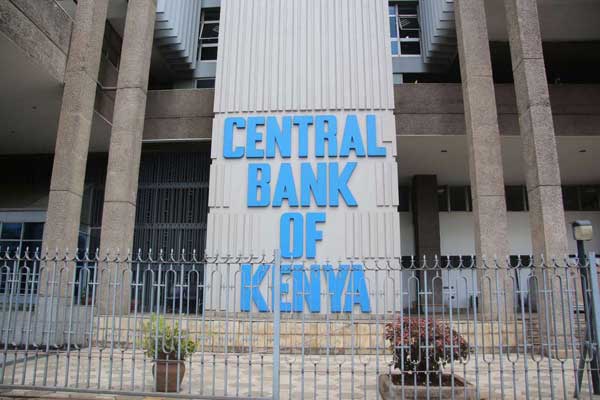

Banking
experts are happy with the new risk-based loan-pricing model pegging interest on loans to overnight interbank rates and not the traditional
Central Bank Rate (CBR).
The system from September 1 will see interest on new loans changed to the Kenya Shilling Overnight Interbank Average (Kesonia) plus premium ‘K’, comprising cost of funds, return to shareholders and borrower’s risk profile.
This is a departure from the current risk-based loan
pricing model that factors in the Central Bank of Kenya (CBK) determined rate
plus ‘K’.
Existing
loans will migrate to the system by February 2026 after a six-month transition.
In
a late evening notice issued on Tuesday, CBK said commercial banks would be required to publish
the average lending rates and fees for each product on their websites and the
CBK’s Total Cost of Credit portal.
The
regulator hopes the model will eliminate opaque pricing practices by requiring lenders to clearly distinguish between the benchmark and their own risk premiums and charges.
CBK
Governor Kamau Thugge describes the move as a “major step towards a transparent
and customer-centric banking sector,” noting that the new model links loan
costs directly to market realities while ensuring banks disclose all charges to
borrowers.
It
added that where KESONIA is not practical, customers may use the Central Bank Rate (CBR) as an alternative reference rate.
The
reform follows months of friction between CBK and commercial banks
that culminated in a judicial process, with the Kenya Bankers Association
(KBA) arguing that determining risk-based pricing based on CBR is similar to
rate capping that distorted the market in 2016.
Yesterday,
banking expert James Walubai termed the new pricing regime as forward-looking,
objective and world-class standard.
“By
tying credit pricing to a transaction-based benchmark— similar to SONIA in
the UK and SOFR in the US —CBK hopes to gain a transparent
anchor rate, while banks retain room to set borrower-specific premiums,’’ he
said.
“The
effects of the new system could be uneven. Stronger credit profiles will
benefit from clearer risk differentiation, but weaker borrowers could face
higher costs. That is pretty fair and transparent,’’ a seasoned banker, Julie
Warui, told the Star.
She, however, wonders how variable the interbank rate will be to
support the new model.
“What are the chances of the rate changing frequently? It is my
opinion that the regulator has not fully addressed this ambiguity. It is also not clear on the threshold for determining scenarios where the KESONIA is not
practical, thus allowing for a fallback to CBR,’’ she said.
The banking regulator had not responded to our inquiries on the
same by the time of going to press.
However,
CBK hopes to improve monetary policy transmission, long seen as weak in Kenya,
where changes in the central bank rate have not always flowed through to the
economy.
According
to KBA, a market-driven base rate, like the interbank
rate, allows banks to set their own premiums, mirroring the
previous KBRR regime, to ensure proper risk assessment and credit availability.
The
lobby the CBR pegged pricing harm to vulnerable MSMEs, restricted
access to credit, and undermined the industry's commitment to lending, similar
to the negative impacts of the 2016-2019 interest rate cap law.
CBK’s new credit pricing formula is a response to its frustrations over the banking sector’s reluctance to lower interest rates despite multiple reductions in the benchmark-lending rate since October 2024.
















